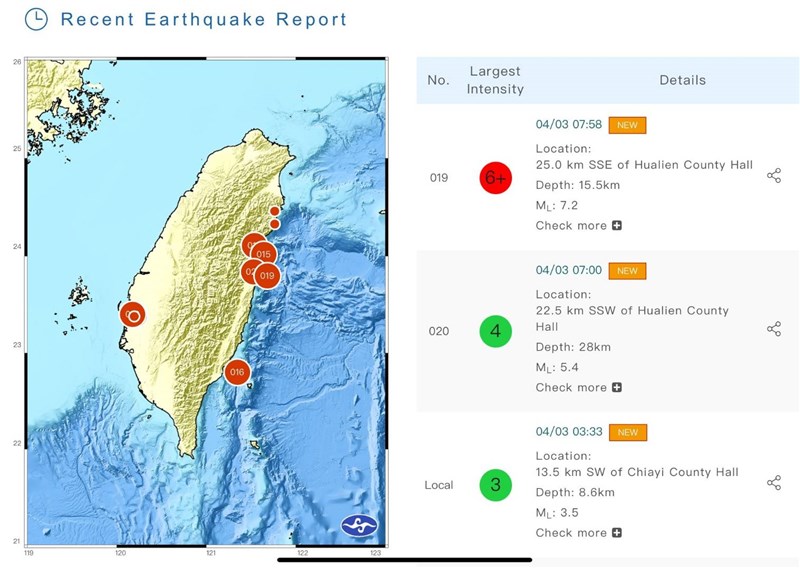In the wake of Taiwan’s most powerful earthquake in 25 years, the island nation exemplifies the power of preparedness. Unlike the devastation of 1999, where over 100,000 buildings collapsed and numerous lives were lost, the recent quake showcased Taiwan’s resilience. Thanks to stringent building codes and improved disaster management strategies, casualties were remarkably low despite the quake’s intensity. This underscores the importance of proactive measures in mitigating the impact of natural disasters.

Wu, a resident of Hualien County, recounted how his house remained largely unscathed during the recent quake. He attributes this to Taiwan’s comprehensive review of building codes post-1999, ensuring structures are equipped with seismic-resistant technologies. Such initiatives are pivotal in safeguarding lives and infrastructure, particularlyin earthquake-prone regions. Taiwan’s commitment to resilience serves as a beacon of hope and inspiration for communities worldwide facing similar threats.

While the recent quake still caused significant disruption, particularly in rural areas, Taiwan’s response reflects a marked improvement from past disasters. The government’s top-down approach, coupled with community-driven initiatives, has led to tangible results. Strengthened disaster management laws, stricter enforcement of building codes, and ongoing retrofitting efforts demonstrate Taiwan’s proactive stance in the face of adversity.

As Taiwan continues to rebuild and recover, the lessons learned from this seismic event are invaluable. By prioritizing preparedness and investing in resilient infrastructure, nations can better withstand the impact of natural disasters. Taiwan’s journey serves as a reminder that with foresight and collective action, communities can overcome even the most formidable challenges.

